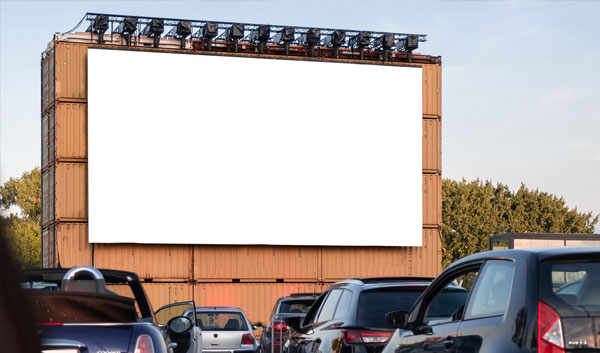WHAT IS TRUE TODAY MAY NOT BE TRUE TOMORROW; PLAN FOR NOW AND TOMORROW.
It is important to take a critical look at your business and the media landscape right “now“
and do what is best for the business at this time. Once plans are stabilized and we have collected as much data as possible, we can start looking toward “then” being careful to build in as much flexibility as possible. Reserve some budget, negotiate cancellation clauses, and choose some media tactics where creative can be easily changed. Then, move forward in parallel paths, if possible, to best develop a comprehensive strategy and opportunities that can help to take advantage of special pricing or offerings.
SUPPLY AND DEMAND ARE FLUID; PRICING DEPENDS ON THE DELICATE BALANCE BETWEEN THE TWO.
Demand is currently high for TV, streaming services, and most digital tactics. Supply is also high across all media because of canceled or delayed advertising plans. This combination will
impact pricing, making it more advantageous for advertisers in most tactics. If you’re not already, this is a great time to advertise. Look to shifting budgets to media where CPMs have decreased, and you can reach a larger, captive audience. However, while shifting to Q4 may seem like a safe option, the early half of Q4 is going to be overrun with political messaging, increasing CPM’s, and the chances of schedules being preempted.
IT’S BETTER TO KEEP A LOW CONSTANT FLOW; DON’T TURN OFF THE FAUCET.
Going dark stops the momentum that a paid campaign builds over time. With no residual impact in the minds of the consumer, engagement has to start over and rebuild traction once the campaign is turned back on. Not only will you lose impact while you’re out of market, advertising will have a diminished effect as you ramp back up. Depending on your industry, tapering off the campaign, as opposed to turn it off, to a minimal level allows brands to keep some contact with their audience.
As discussed, there are opportunities out there with lower-funnel and lower-cost tactics that are relatively inexpensive to maintain. Web traffic is up by 30%, so it’s important to keep SEM active. Add to your social budget or shift paid social budgets to support boosted organic posts. Take advantage of a soft marketplace and shift to a new tactic, like branded content or podcasts. Banner advertising can be very efficient because messaging is easy to change in order to reflect business goals.
TIMING IS EVERYTHING. THAT’S WORTH REPEATING; TIMING IS EVERYTHING.
There are deals to be had but those will fade as advertising approaches normal levels or vendors change how they package and price inventory. Right now, everything is negotiable, and an agency’s relationship with its vendors is more important than ever. As individual states reopen, it will be important to have a deep understanding of how media was used and to follow new trends in media consumption. Creating a partnership with an agency who has strong, established vendor relationships, could be the key to success.
For example, TV viewing now is strong throughout the day, but daytime will likely return to normal levels. Viewers may have developed new habits around news shows and primetime, but that could change as well. Audio, via streaming services and apps, has increased, and some of that increase will become the new norm. Terrestrial radio should also return to normal levels once people start to commute again.
The media landscape is ever-changing; so your plans need to reflect both newly adopted consumer patterns as well as old habits that will come back when our daily lives return.



